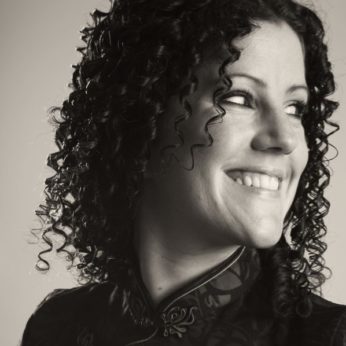Composer: Antonio Vivaldi (b. 1678 - d. 1741)
Performance date: 30/06/2012
Venue: St. Brendan’s Church
Composition Year: c.1720
Duration: 00:09:04
Recording Engineer: Anton Timoney, RTÉ lyric fm
Instrumentation Category:Small Mixed Ensemble
Artists:
Peter Whelan -
[bassoon]
Joanna Boślak-Górniok -
[harpsichord]

The genre of the chamber concerto, Concerto da camera, is something that we in modern times have felt the need to label as such, but Vivaldi himself seemed content to call these works merely concerto. Composed for diverse groups of concertante instruments and continuo, Vivaldi’s chamber concertos were a way for him to explore and experiment with the timbres of individual instruments in different combinations, and this genre became very popular in the early 18th century. There are some problems when it comes to dating Vivaldi’s works, as little of his prolific output of music is published and he rarely dated his manuscripts. There are several details leaving us to believe that RV.106 is a work from the early 1720’s. The opening movement refers to the material in the aria Un tenero affetto mi dice from the second act of the opera La verità in cimento RV.739, which premiered in theatre of Sant’Angelo in 1720. Vivaldi was not afraid to reuse and recycle material and this is especially true of his successful opera arias, the themes of which pop up quite often in later instrumental concerto movements. The second and third movements of this concerto also contain thematic material found in several other works by Vivaldi, while the triple-meter of the finale is marked with a large ‘3’, a custom he did away with during the 1720’s. Unlike many of Vivaldi’s chamber concertos, where the solo instruments are portrayed as equals, RV.106 is making a decided step towards being a solo concerto for recorder. On several occasions in the manuscript Vivaldi writes the word solo at the start of the more bold and brilliant episodes for the recorder. The bassoon assumes the role of accompanying the solos and for the most part the violin keeps a ripieno function. This does not in any way take away from the charm of the piece, especially the unusual accompaniment to the second movement, where the violin and bassoon assume an oom-pah-like texture under the recorder’s elegant melody. Simple, yet effective. This concerto contains all the traits that we love in Vivaldi’s music – the exchange of trills, conversational themes being thrown back and forth and a fast final movement full of rhythmic joy and vitality.
Copyright © 2024 West Cork Music. All rights reserved.
Designed and developed by Matrix Internet